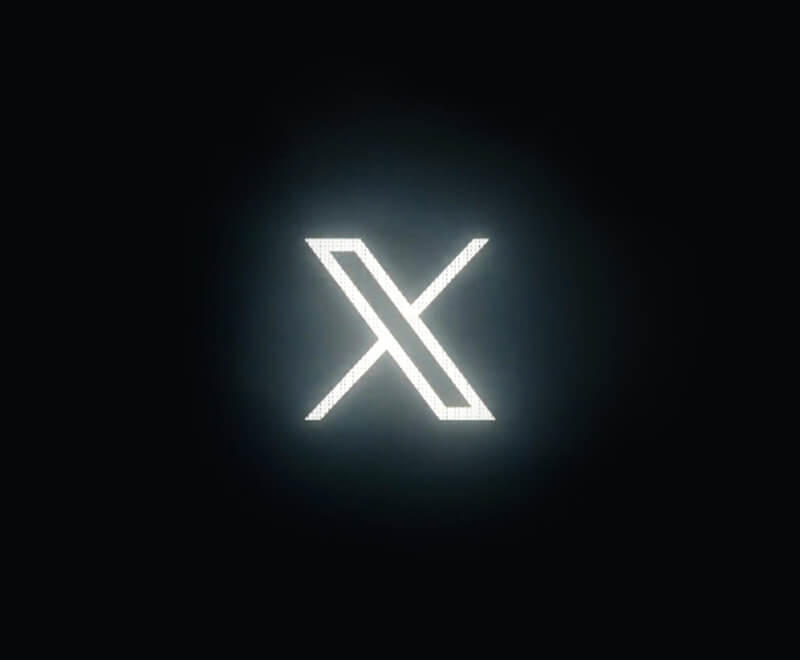From waking up to an alarm clock on your Amazon Alexa, to finding the latest breaking news posted on Twitter, the digital world has fundamentally changed the way we go about our day-to-day lives.
This digital transformation has ripped up the old rules of how our industries should operate, the way we should work and especially, the way we communicate. Previously considered as an add-on or ‘nice to have’, social media has firmly positioned itself as a mainstream channel for business to communicate their strategy, personality and deliver consumer campaigns.
Here are the five things to consider when taking your campaign digital:
-
Understand your audience
With over 2.89 billion people now actively using social media, outlining and engaging your target audience is key to a successful digital campaign.
Similarly to a traditional media campaign, you will need to understand who you are targeting and what it is you are trying to achieve. If you want to spark debate and conversation, a platform like Twitter will work best, whereas campaigns designed to gain brand awareness and drive product interest will be more at home on Facebook or Instagram.
Putting a bit of money behind some sponsored content can help to make your campaign event more targeted; allowing you to reach niche audiences and refine your consumer messaging with the use of A/B testing.
-
Utilise influencers, ambassadors and partners
Social media can be one of the most effective ways to get your message across to new audiences if done right, but how does a brand cut through the noise of millions of posts each day?
Utilising influencers remains a successful and cost-effective way of adding weight to your digital campaign, however this approach does have its pitfalls. When using a familiar brand, well-known spokesperson or social media influencer ensure they have an authentic connection to the brand or product. Insincere brand ambassadors – especially when not adhering to new rules about disclosing sponsored content – can have severe repercussions for your brand’s reputation as many found out last year.
-
Engaging and sharable content
Social media has the power to take your message far and wide through organic engagement alone. By talking to your followers interests and producing content people want to share, your campaign can reach a large audience in a cost-effective way.
Each of the major social media platforms has its own specific features to generate and share different types of content, but as a general rule of thumb, its best to keep text light and punchy, with your narrative instead told through more engaging types of content such as imagery or videos. Nike has been leading the way in this area for a number of years, and most recently have driven engagement through their Dream Crazy and Colin Kaepernick campaigns.
-
Lead conversation
A digital campaign can spark instant debate and give you the chance to support your messaging in real time. If there is a trending topic in the news, utilising social media can piggyback your campaign in front of the eyes of a wider audience – much in the same way as news hooks in traditional media.
Keeping track of what is generating engagement and the news that is driving conversation online will always be a key part of any digital campaign. Adjusting your planned activity quickly around these emerging hooks will allow you to lead conversation, rather than just follow it. Gregg’s is an example of a brand which has been particularly agile in this regard – successfully using their digital ‘vegan sausage roll‘ campaign to generate media coverage across print and broadcast media too.
-
And when it all goes wrong…
With millions of consumers actively using social media platforms, your digital channels can naturally become the first point of contact for businesses when a crisis comes about. It’s therefore important that you have a robust plan of action and wider team to mobilise for when it does go wrong.
While much of your decision making will depend on the details of the crisis, a general rule of thumb is to show your consumers that you are taking responsibility for your mistakes in a genuine way. Last year, KFC showcased their ability to think on their feet quickly by apologising in a candid, humorous fashion by issuing an apology after a supplier issue led to the fast-food chain running out of chicken. Owning the mix-up on social media put KFC back onto the front-foot, and allowed them to position the story in their own terms – leading to positive press coverage of the apology and widespread acclaim across digital channels.



